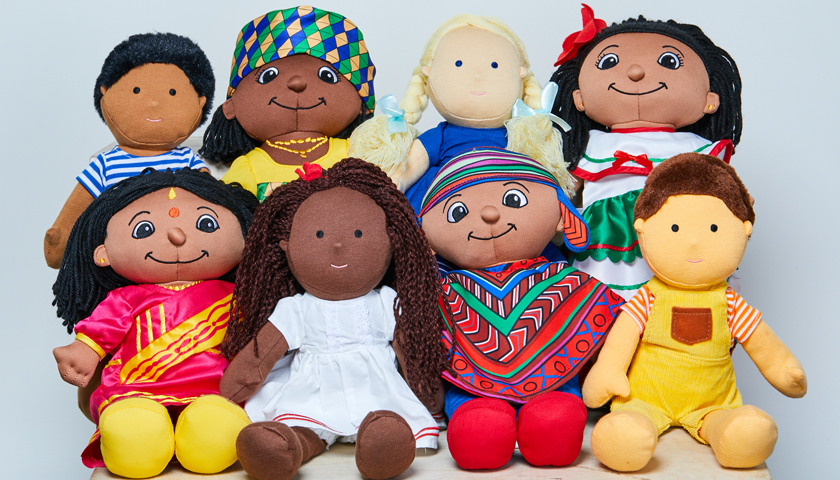Approximately 1-in-5 children in the U.S. are living in poverty today, and even though this represents one of the highest childhood poverty rates among developed nations worldwide, almost half of Americans (49 percent of those surveyed) are unaware of the prevalence of childhood poverty in the U.S., based on a new national survey from Walgreens.
The first “Every One Counts Survey,” released on the 22nd May, shows the importance of recognizing this issue in advance of Red Nose Day on May 24 – an event which helps to raise funds to end child poverty. People nationwide can participate and show their support by purchasing a Red Nose for $1 until June 2, with all profits from all sales benefitting Red Nose Day. It is a simple idea that helping end child poverty can start with buying one Red Nose at Walgreens.
While global awareness of childhood poverty is high, the drop off is significant as it draws closer to home. According to the survey, 80 percent of respondents say childhood poverty is a very serious global issue. Just over half, 51 percent, say it is a very serious national issue and only 21 percent feel that it is an issue in their own communities. Even though childhood poverty rates in the U.S. are not on par with less developed countries, 27 percent of those (adults) surveyed have experienced it firsthand.
“This new survey shows that many people don’t realize how big of a problem childhood poverty is in our country, and even in some of our own communities,” said Adam Holyk, senior vice president and chief marketing officer, Walgreens. “By helping to raise awareness, we aim to encourage more people to get involved and take whatever steps they can to help children in need here in the U.S. and around the world. ”
When asked about how many U.S. children live in poverty, Americans on average estimated that approximately 6.4 million children live in poverty, when in fact, that is less than half of the 15 million children reported living in poverty, according to the National Center for Children Living in Poverty.
Despite the lack of awareness, most people want to help. In fact, 86 percent of respondents are interested in learning more about childhood poverty related causes, but half do not know about programs in their community.
To address the issue, respondents say the following areas are most critical:
- Provide quality access to health care services, 74 percent
- Provide more access to nutritious food, 71 percent
- Improved quality of education, 70 percent
- Provide preventive health care (such as vaccines) to children in under-served communities, 68 percent
- Provide vitamins and minerals to undernourished children, 65 percent
On Tuesday, May 22, from 10 a.m. to 3 p.m. CDT, Walgreens hosted the Every Child Counts exhibit at Millennium Park in Chicago. The exhibit featured custom-made and sustainably sourced dolls in a display highlighting facts, figures and key areas around the world where Walgreens is working with cause partners to help end childhood poverty. Visitors are encouraged to take the dolls home and support the effort through purchases of participating products at any neighborhood Walgreens. Each doll will have a tag with information on how to continue to support the cause, as well as how to spread the word by sharing their own pictures with the #EveryChildCounts hashtag.
“Walgreens’ purpose is to champion the health and well-being of every community in America,” said Holyk. “We have committed to large-scale, long-term partnerships and initiatives focused on helping children in need, such as offering life-saving vaccines and providing essential vitamins and minerals to help combat malnutrition. Through our effort, including the Every Child Counts exhibit, we are encouraging our customers and the communities they live in to help join us in making a difference.”
The Walgreens “Every One Counts Survey” was conducted May 7 through May 11, 2018 by independent research firm PSB, among a nationally representative sample of 2,000 U.S. adults ages 18 and above. Results are nationally representative of age, gender, ethnicity and education.

